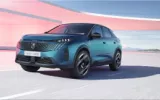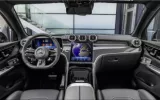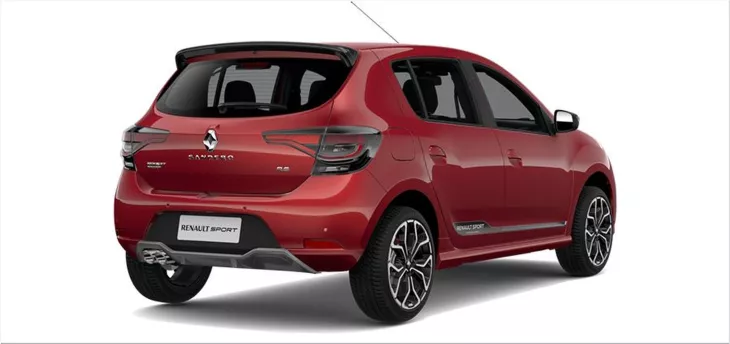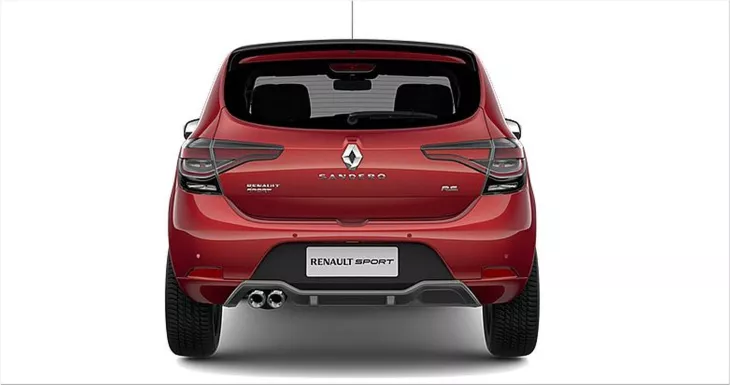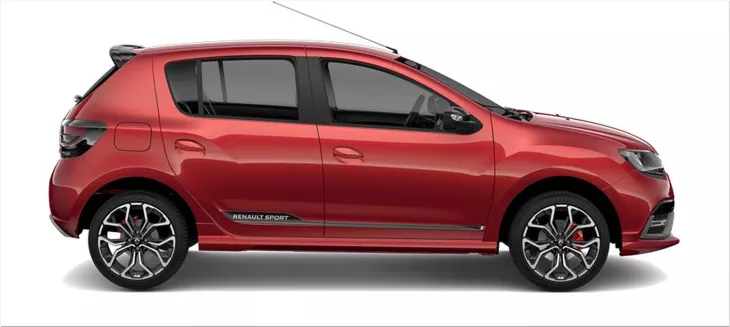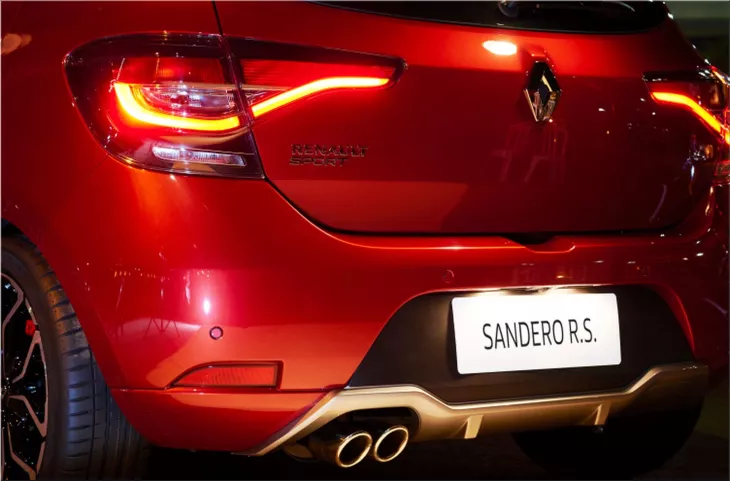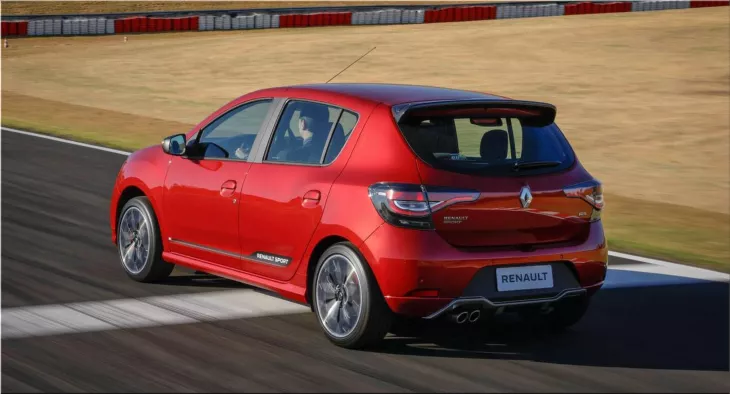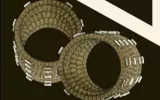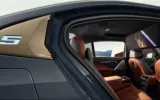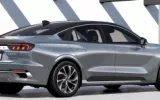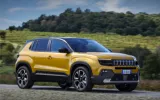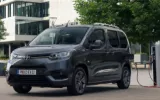If you're a fan of hot hatches, you might have heard of the Dacia Sandero RS, a performance version of the budget-friendly Sandero that's sold in some markets under the Renault brand. The Sandero RS is a rare breed of car that combines a naturally aspirated engine, a manual gearbox, and a low price tag. But there's a catch: you can't buy it in the US, or most of Europe for that matter.
The Sandero RS is exclusive to Latin America, where it was launched in 2015 as the first RS-badged model to be built outside Europe. It's based on the second-generation Sandero, which shares its platform with the Renault Clio IV. Unlike the regular Sandero, which is powered by a 0.9-liter turbocharged three-cylinder engine, the Sandero RS gets a 2.0-liter four-cylinder engine that produces 148 horsepower and 162 pound-feet of torque when running on ethanol, or 143 horsepower and 156 pound-feet of torque when running on gasoline.
The engine is mated to a five-speed manual transmission that sends power to the front wheels. The Sandero RS also features a sport-tuned suspension, steering, brakes, and an electronic stability control system with three modes: normal, sport, and off. The result is a car that can sprint from 0 to 62 mph in eight seconds and reach a top speed of 126 mph. Not bad for a car that weighs just 2,559 pounds.
The Sandero RS also looks the part with a more aggressive exterior design that includes new bumpers, side skirts, spoilers, LED daytime running lights, and 17-inch alloy wheels. The interior has sports seats, a leather-wrapped steering wheel, aluminum pedals, and red accents. The dashboard features a seven-inch touchscreen infotainment system with Android Auto and Apple CarPlay compatibility and a digital instrument cluster with a shift light indicator.
The best part about the Sandero RS is its price. In Brazil, where it's sold as the Renault Sandero RS, it starts at $11,800. In Argentina, where it's sold as the Dacia Sandero RS, it starts at $13,500 USD. That's about half the price of a Volkswagen Polo GTI or a Hyundai Veloster N in those markets. And it's cheaper than any new hot hatch you can buy in the US.
So why can't you have the Sandero RS in your garage? Well, there are several reasons. First of all, Dacia doesn't sell cars in the US, and Renault hasn't been here since the late 1980s. Second of all, the Sandero RS doesn't meet the safety and emissions standards of most developed countries. It only has two airbags and scored poorly in crash tests. It also has a high carbon dioxide output of 161 grams per kilometer, which would make it subject to hefty taxes in Europe.
Third of all, there's not enough demand for such a car in the US or Europe. Most buyers in these markets prefer more refined and powerful hot hatches with turbocharged engines and automatic transmissions. The Sandero RS is too basic and too raw for their tastes. It's also too small and too cheap to be profitable for Dacia or Renault.
The Sandero RS is a niche product that appeals to a niche audience: enthusiasts who value simplicity, fun, and affordability over everything else. It's a car that reminds us of the glory days of hot hatches when they were light, agile, and cheap. It's a car that makes no apologies for what it is and what it isn't.
But it's also a car that we can only admire from afar. Unless you live in Latin America or are willing to import one at your own risk, you'll never get to experience the joy of driving a Dacia Sandero RS. And that's a shame.

